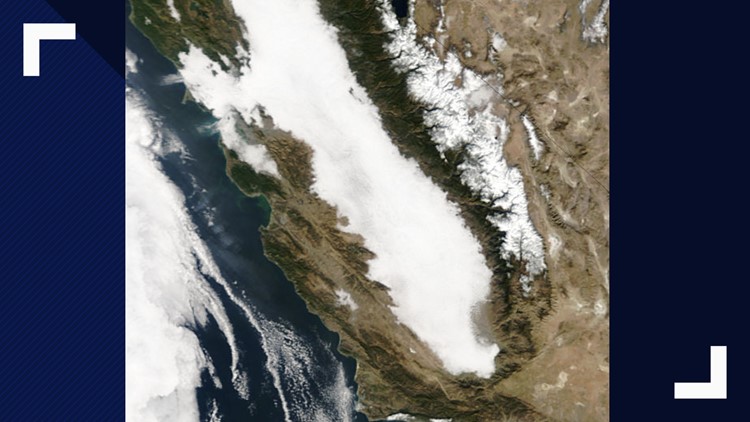STOCKTON, Calif. — What happened to the Tule fog?
For those who haven't heard of the term before, thick fog called "Tule Fog" traditionally forms in the Southern Central Valley of California, but it's become less common in recent years.
Dense fog would often form in the winter during the morning, creating zero visibility and dangerous traffic conditions. It's a local weather phenomena that has slowly been occurring less and less.
Over the last 30 years, there has been a big decline in this type of dense fog and where it sets up. Some of the early theories pointed to recent drought conditions. Less soil moisture will create less water to evaporate and create fog.
Others have pointed to rapid urbanization in the growing Central Valley. As more agriculture land is paved over each year to make way for roads, homes, and commercial areas, asphalt and cement would then reduce areas that hold water, meaning the area gets less moisture that can help form fog.
However, researchers at UC Berkeley have discovered that pollution decline is the main cause in the Tule fog decline. To get fog, you need three things: water vapor, cooling temperatures and condensation nuclei. A condensation nuclei is a speck of dust, or a pollution particle or some physical object for the water to condense onto when it gets cold.
A reduction in airborne particles from agriculture pollution restrictions from the Clean Air Act indicated a clear decline in these compounds and a clear decline in thick fog at the same time. When other factors like climate and drought are introduced, they can't account for the entire decline in foggy mornings.
Tule fog will still occur when the conditions line up, but it is less common than it has been in the last few decades.
Continue the conversation with Rob on Facebook.



